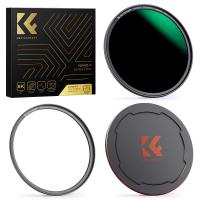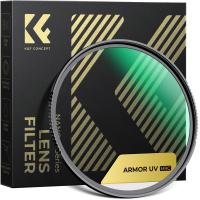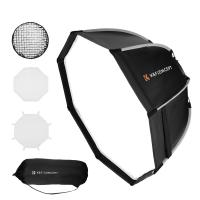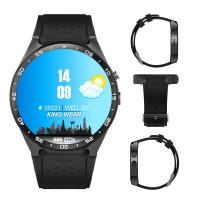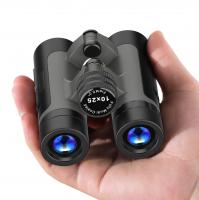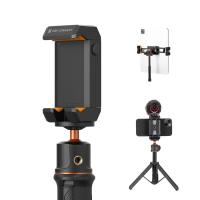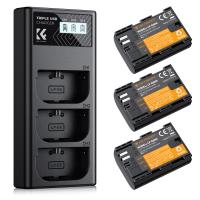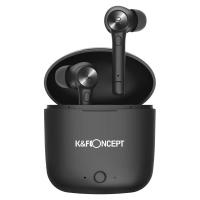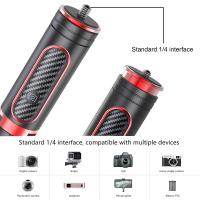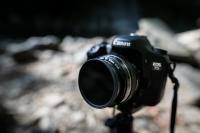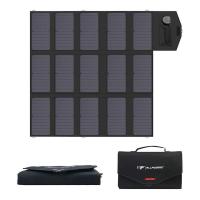Which Camera Filter Is Best?
Choosing the best camera filter can be a daunting task, especially with the myriad of options available in the market today. Camera filters are essential tools for photographers, as they can significantly enhance the quality of images by controlling light, reducing glare, and adding creative effects. In this article, we will explore the different types of camera filters, their specific uses, and how to determine which one is best suited for your photography needs.
Understanding Camera Filters
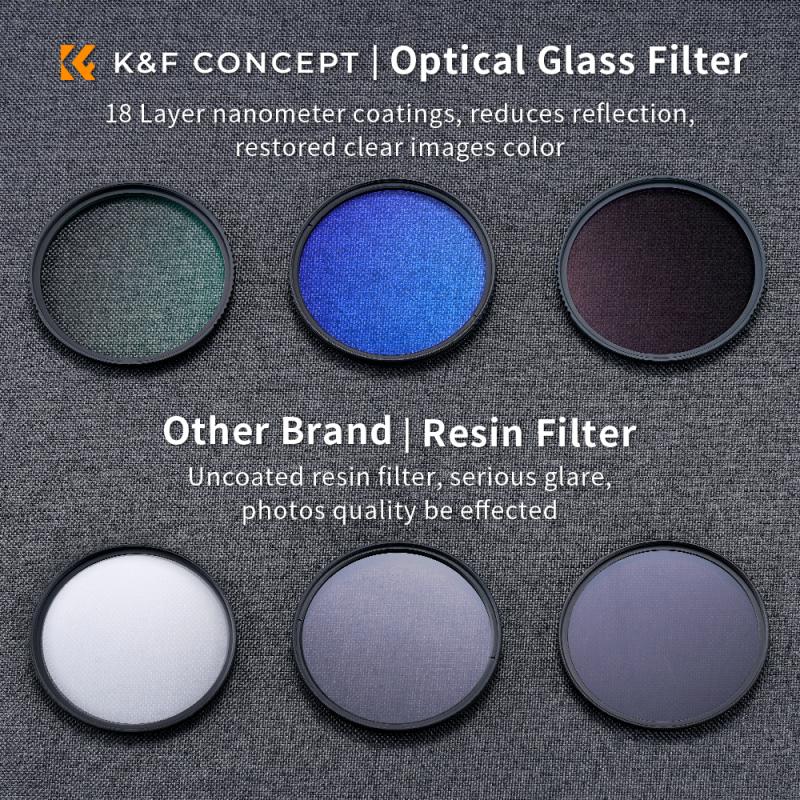
Camera filters are accessories that attach to the front of a camera lens. They come in various shapes, sizes, and materials, each designed to achieve a specific effect. The most common types of camera filters include:
1. UV Filters: These filters block ultraviolet light, which can cause haziness and reduce contrast in photos. They are often used to protect the lens from dust, scratches, and moisture.
2. Polarizing Filters: Polarizers reduce reflections and glare from non-metallic surfaces like water and glass. They also enhance the colors and contrast in your photos, making skies appear bluer and foliage greener.
3. Neutral Density (ND) Filters: ND filters reduce the amount of light entering the lens without affecting the color of the image. They are useful for long exposure photography, allowing you to capture motion blur in waterfalls, clouds, and other moving subjects.
4. Graduated ND Filters: These filters have a gradient that transitions from dark to clear. They are ideal for balancing the exposure between the sky and the landscape in high-contrast scenes.
5. Color Filters: These filters add a specific color tint to your images. They are often used in black and white photography to enhance contrast and in color photography for creative effects.
6. Infrared Filters: Infrared filters block visible light and allow only infrared light to pass through. They are used to create surreal, dream-like images with unique color effects.
Determining the Best Camera Filter for Your Needs
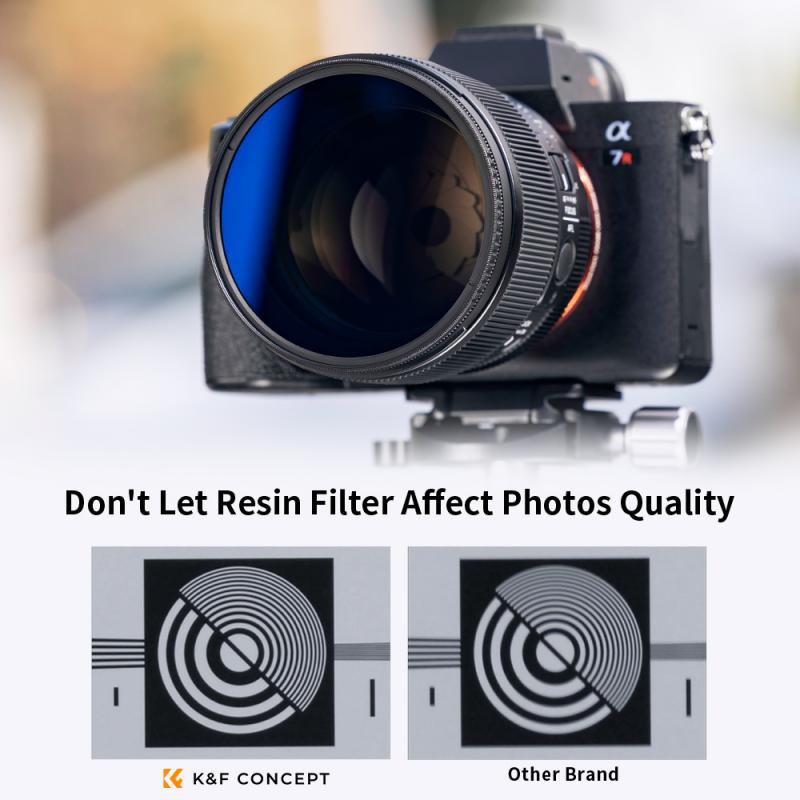
The best camera filter for you depends on your specific photography style and the effects you want to achieve. Here are some considerations to help you make an informed decision:
1. Landscape Photography
For landscape photographers, polarizing filters and graduated ND filters are essential tools. A polarizing filter can enhance the colors and contrast in your landscape shots, making the skies more vibrant and reducing reflections from water surfaces. Graduated ND filters are perfect for balancing the exposure between the bright sky and the darker foreground, ensuring that both elements are properly exposed.
2. Portrait Photography
Portrait photographers often use UV filters to protect their lenses and ensure clarity in their images. Additionally, ND filters can be useful for achieving a shallow depth of field in bright conditions, allowing you to use a wide aperture without overexposing the image.
3. Long Exposure Photography
If you enjoy capturing long exposure shots of waterfalls, rivers, or cityscapes at night, ND filters are a must-have. They allow you to use slower shutter speeds to create smooth, flowing motion effects in your images. A 10-stop ND filter is particularly popular for long exposure photography, as it significantly reduces the amount of light entering the lens.
4. Black and White Photography
Color filters are invaluable for black and white photography. Red, yellow, and orange filters can enhance contrast and add drama to your monochrome images. For example, a red filter can make blue skies appear almost black, creating a striking contrast with white clouds.
5. Creative Photography
For photographers who enjoy experimenting with creative effects, infrared filters and color filters offer endless possibilities. Infrared filters can transform ordinary scenes into ethereal landscapes with unusual color palettes, while color filters can add a unique mood or atmosphere to your images.
Practical Tips for Using Camera Filters
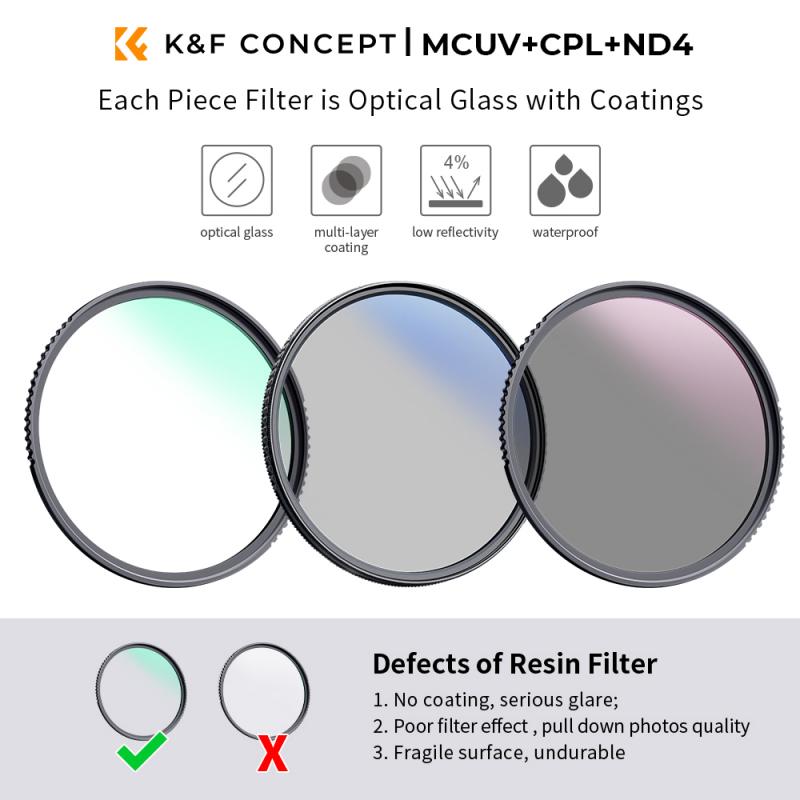
To get the most out of your camera filters, consider the following practical tips:
1. Invest in Quality Filters: High-quality filters are made from optical glass and have multi-coating to reduce reflections and improve image quality. Cheap filters can degrade the sharpness and clarity of your photos.
2. Use a Filter Holder: For square or rectangular filters, a filter holder system allows you to stack multiple filters and adjust their position easily. This is especially useful for graduated ND filters.
3. Clean Your Filters Regularly: Dust, fingerprints, and smudges can affect the performance of your filters. Use a microfiber cloth and lens cleaning solution to keep them clean.
4. Experiment with Different Filters: Don’t be afraid to try different filters and combinations to achieve the desired effect. Photography is an art, and experimenting with filters can lead to unique and creative results.
5. Consider the Filter Size: Make sure to choose filters that match the diameter of your lens. Using step-up or step-down rings can help you adapt filters to different lens sizes.
In conclusion, the best camera filter for you depends on your specific photography needs and the effects you want to achieve. Whether you are a landscape photographer looking to enhance colors and contrast, a portrait photographer seeking to protect your lens, or a creative photographer experimenting with unique effects, there is a filter that can help you achieve your goals. By understanding the different types of camera filters and their uses, you can make an informed decision and take your photography to the next level. Remember to invest in quality filters, keep them clean, and experiment with different options to discover the full potential of your camera filters.

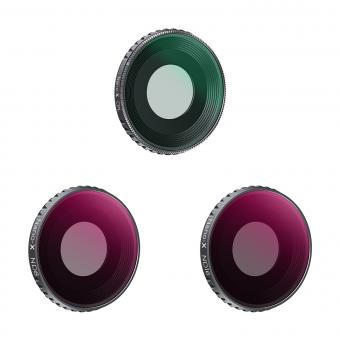
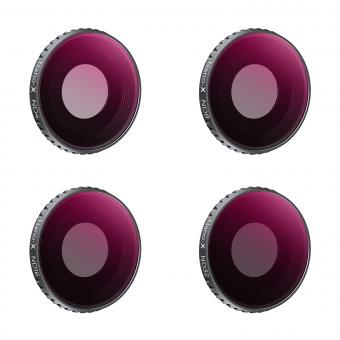
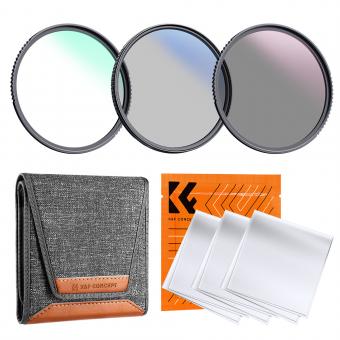

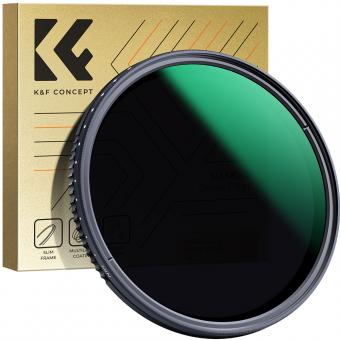

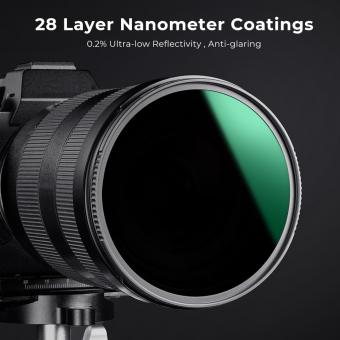

-340x340.jpg)






